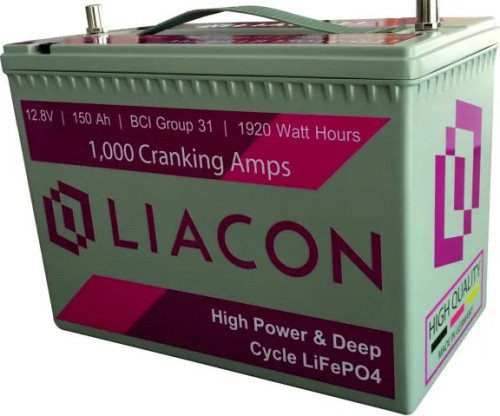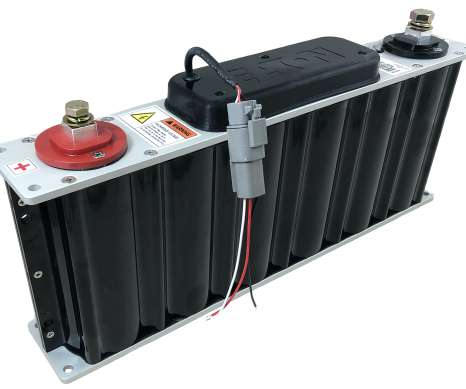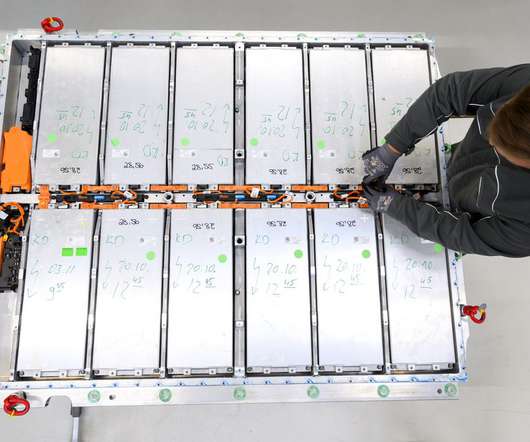Liacon introduces new 12V Group 31 LFP battery with a 4000+ cycle life
Green Car Congress
MAY 20, 2023
Germany-based Liacon, one of Europe’s largest battery manufacturers, has released a new, more versatile lithium-iron-phosphate (LFP) battery that can replace all Group 31 lead-acid units. Delivery fleets, marine vessels, recreational vehicles, renewable energy storage, and construction equipment all use this standard.



















Let's personalize your content